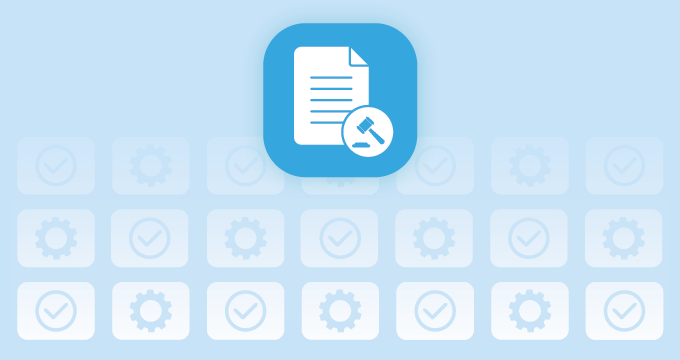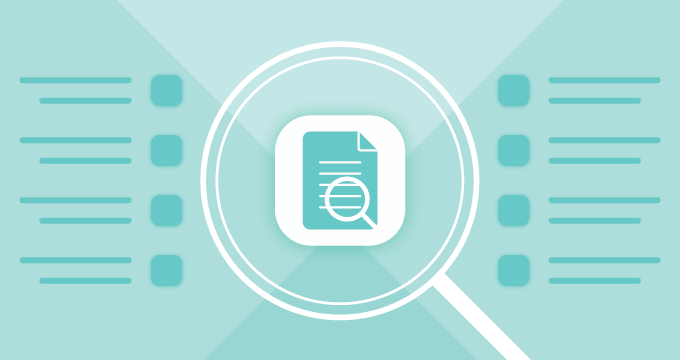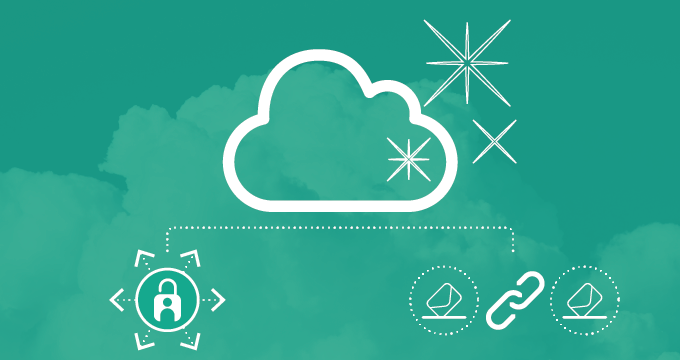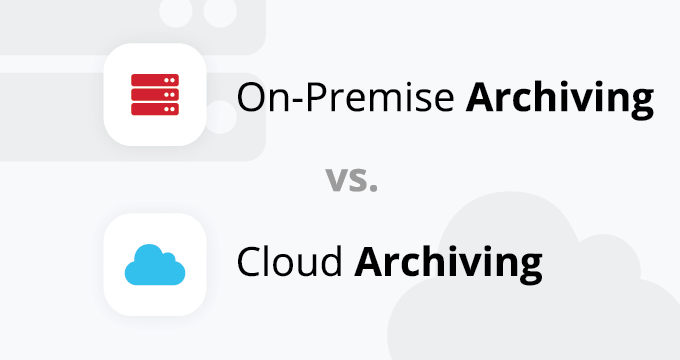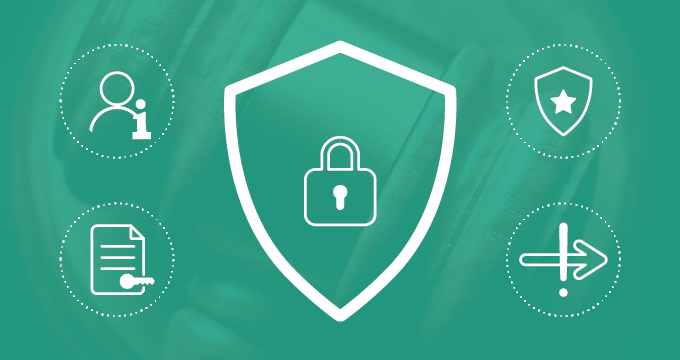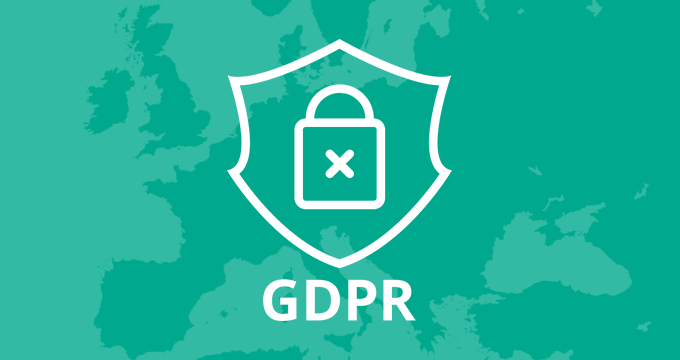Compliance automation has become a gamechanging solution for organizations aiming to meet regulatory requirements efficiently. As compliance regulations grow more complex and frequent across regulated industries, manual processes often fall short. This is where automation comes in. This article explores: What compliance automation is How it works Key benefits of this practice Common use cases […]
Does the First Amendment Apply to Social Media?
The First Amendment to the United States Constitution is one of the pillars of American democracy. Its core purpose is safeguarding essential freedoms like speech, press, religion, and assembly. While its role in protecting these rights against government interference is clear, its application in a digital context is less straightforward. Social media platforms, now the […]
Ediscovery Features: Why You Need a Full Audit Trail
Compliance and legal readiness are critical in highly regulated industries like healthcare, finance, and education. However, managing vast amounts of email data can complicate retention and deletion decisions. Data archiving addresses this challenge by securely centralizing email records, ensuring compliance, and simplifying access for audits and ediscovery. A key feature that supports these processes is […]
A Comprehensive Guide to Enterprise Information Archiving
Archiving systems have become a cornerstone of modern business operations. From managing storage to enabling ediscovery, information archiving safeguards compliance, simplifies data management, and enhances productivity. In this blog post, we’ll discuss: The development of information archiving Its importance and benefits How information archiving addresses modern-day business challenges A Brief History of Information Archiving Before […]
New on Jatheon Cloud: Falcon Navigation, New Export Formats and More
At Jatheon, we focus on improving our archiving software to keep pace with your evolving requirements. The latest Jatheon Cloud update introduces new features aimed at simplifying compliance workflows and delivering a better user experience. Here’s a closer look at what’s new: Falcon Navigation: Turbocharged Search Precision Have you noticed a new, wheel-shaped feature while […]
On-Premises vs. Cloud Archiving: How to Choose the Right Solution
Data archiving is essential for organizations to meet compliance standards, optimize storage, and streamline access to historical records. But businesses often face a dilemma — should they invest in on-premises archiving or opt for a cloud solution? This article breaks down the differences, financing models, benefits, and trends to help you make an informed decision. […]
How NY SHIELD Act Affects Data Archiving
With data breaches becoming more frequent and costly, organizations face stricter regulations to safeguard personal information. One such regulation, the New York Stop Hacks and Improve Electronic Data Security (SHIELD) Act, imposes a set of data security requirements on businesses that handle private information about New York State residents. This blog will discuss: The basics […]
The CLOUD Act & Data Archiving
In recent years, the Clarifying Lawful Overseas Use of Data (CLOUD) Act has significantly impacted how organizations handle data storage and compliance in the U.S. and beyond. For businesses managing extensive archives of sensitive information — particularly in regulated sectors like finance, healthcare, and education — the implications of the CLOUD Act on data privacy, […]
How to Create a Comprehensive Social Media Monitoring Strategy
With the rise of social media, organizations have an added layer of responsibility — to monitor, archive, and securely manage online communications from these data sources. This is especially critical for businesses in regulated industries like finance, healthcare, and education. Although an important marketing channel, social media is a legal minefield that can result in […]
GDPR Compliance Checklist: Ensuring Your Business Stays Compliant
Disclaimer: The purpose of this blog post is to help you understand the GDPR. It should not be considered legal advice that your organization should rely on in an attempt to achieve GDPR compliance. For a complete and accurate interpretation of the law, please consult a legal advisor. The General Data Protection Regulation (GDPR) remains […]
